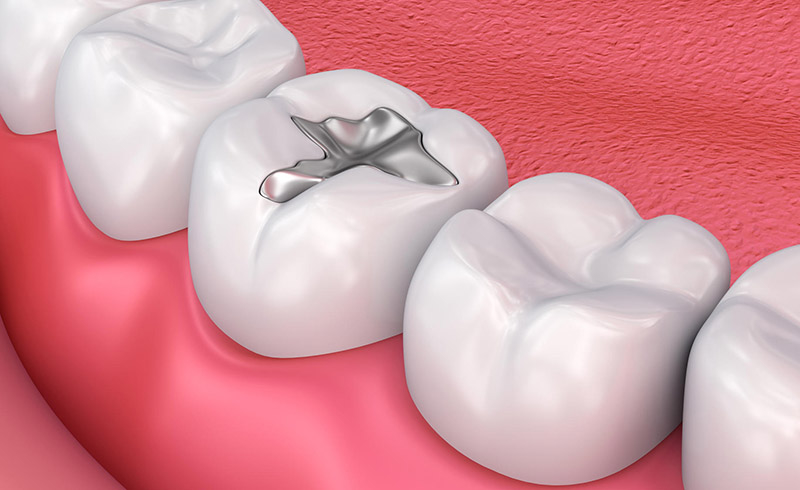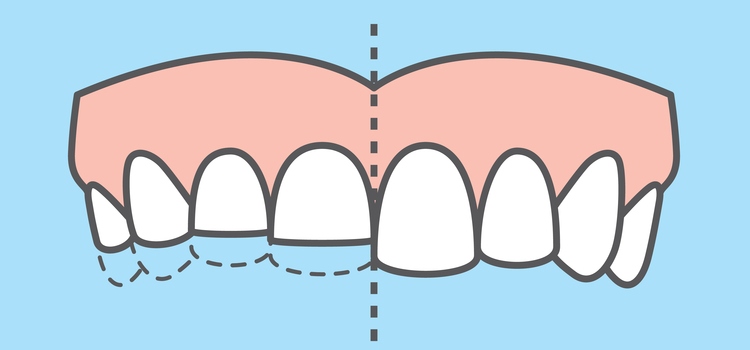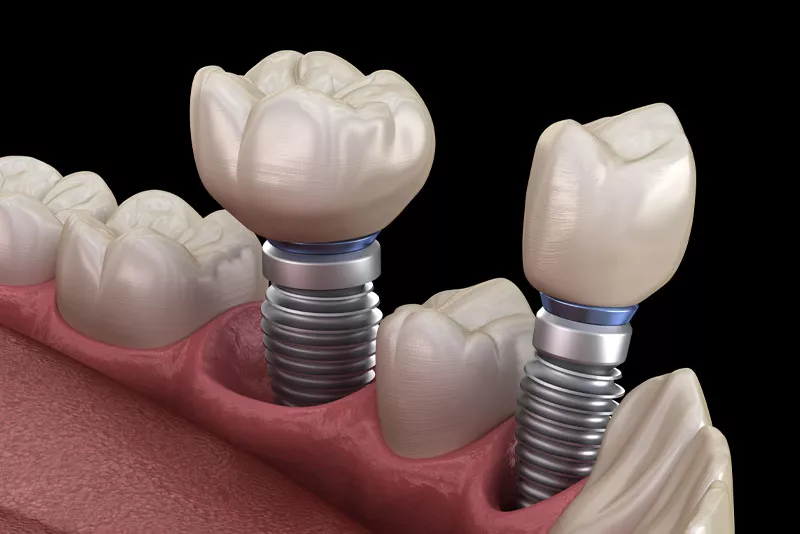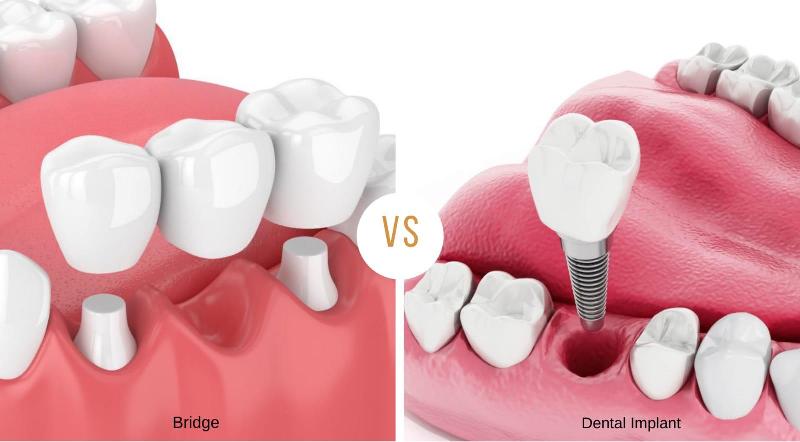Are you having wisdom tooth that is decaying? Wonder if you get a wisdom tooth filling or extract it? In this article, we will explore more about the wisdom tooth and whether if you should have it filled or extracted when it is decaying.
Wisdom teeth, also known as a third molars, are the last set of teeth to erupt in the mouth. The wisdom teeth grow in the four back corners of the mouth and make up 4 of the 32 teeth of a typical adult’s dentition. They typically erupt between the age of 16 and 25 years old but may also erupt later in life.
The wisdom teeth are believed to be an evolutionary adaptation to help early humans grind and chew tough food such as fibrous plant and raw meat. However, as our diet has changed over time and become softer and easier to chew, the need for wisdom teeth has diminished. In fact, an estimated 35% of the global population are now born without wisdom teeth.
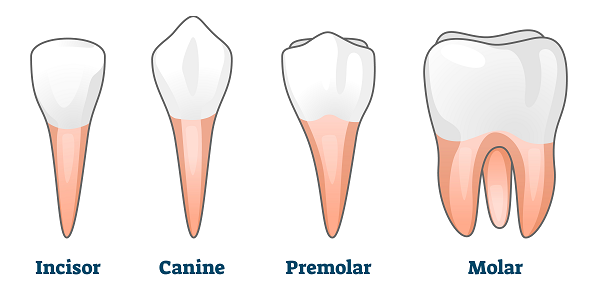
That said, the wisdom teeth are arguably the most problematic teeth in the dentition as they can become impacted when they do not have enough room to erupt from the gums or are unable to grow in properly. An impacted wisdom tooth can cause pain, infection and damage to the surrounding teeth if left untreated.
The wisdom teeth are also more difficult to clean due to their location. As such, they are more prone to decay and infection. If a wisdom tooth becomes infected or decayed, a filling may be necessary to repair the tooth and prevent further damage.
Filling a Wisdom Tooth
Wisdom tooth fillings are similar to fillings for other teeth in that they involve the removal of decay and the filling of the resulting cavity with a material such as composite resin or amalgam. The procedure is typically performed by a dentist or oral surgeon and is generally done under local anesthesia to numb the area.
During the procedure, the dentist will first remove any decay from the tooth using a drill or other instruments. Once the decay has been removed, the cavity is clean and disinfected before being filled with the chosen filling material. The most common kinds of dental fillings are silver amalgam, porcelain, plastic, composite resin, and gold. After filling up the cavity, the dental filling is shaped and polished to match the natural contours of the tooth.

After the filling has been placed, the dentist will check to ensure that the bite is comfortable and that the filling is properly sealed. The patient will then be given instructions on how to care for the filled tooth, including how to brush properly.
A tooth filling is recommended when the wisdom tooth has a minor tooth decay or cavity. However, if the wisdom tooth is experiencing a serious tooth decay to the extent where it is affecting the tooth pulp, a root canal is necessary to get rid of the infection. A root canal is a more in-depth version of a tooth filling and involves the removal of the infected pulp before being filled and sealed with a crown.
You may be interested in: Removing Your Wisdom Teeth After 30? Here’s What You Need to Know
In some cases where the wisdom tooth can no longer be preserved, a wisdom tooth extraction is the only solution to prevent any further complications to the gum and mouth.
Extracting a Wisdom Tooth
Similar to the extraction of other tooth, the procedure typically involve the following steps:
Firstly, the area around the wisdom tooth is numbed with a local anesthetic to minimize pain and discomfort. The decayed or impacted tooth may be loosened by gently rocking it back and forth to loosen it from the socket. If the tooth is partially erupted, the gum tissue may be cut to expose the tooth completely.
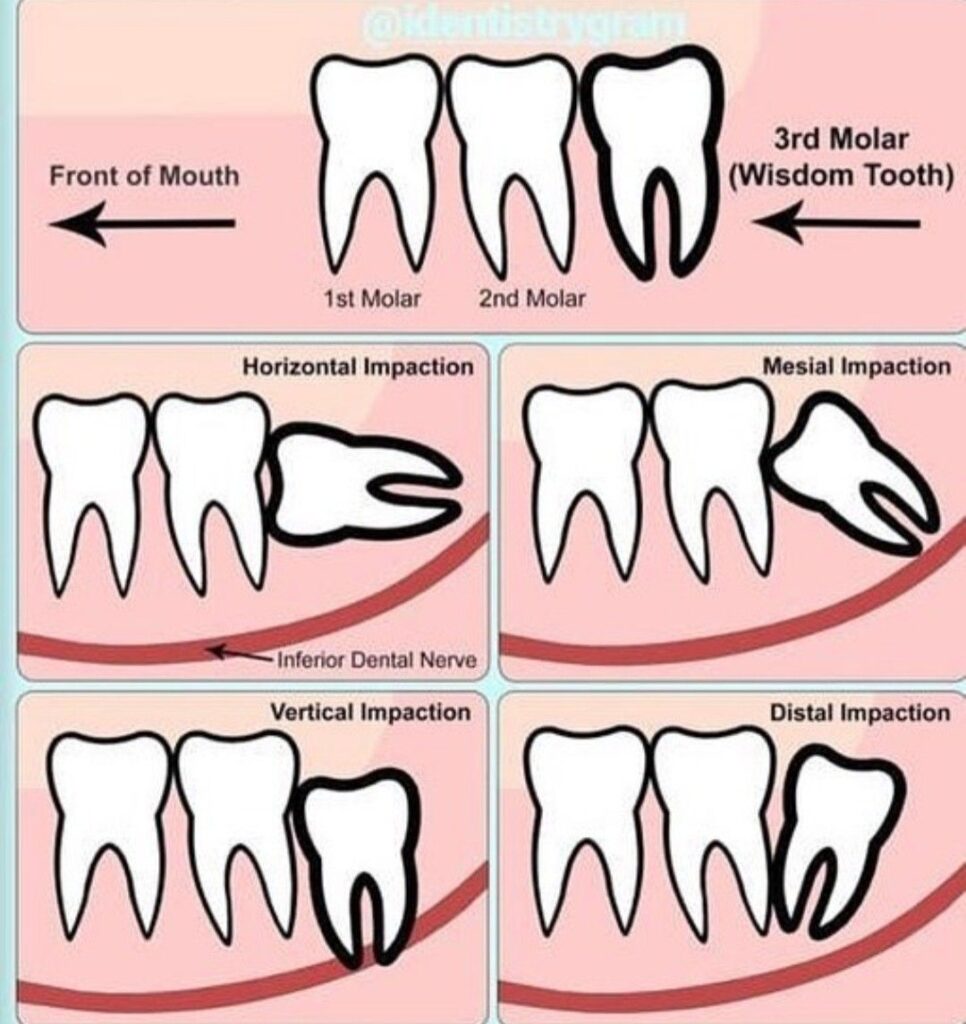
The tooth may be removed in one piece or may need to be broken into smaller pieces to make it easier to extract. Any remaining roots or fragments of the tooth may be removed with forceps or a special tool. The extraction site is then disinfected and stitched up to promote healing.
After the procedure, the patient is given pain medication and instructions for caring for the extraction site. It is important to follow the surgeon’s instructions carefully to ensure proper healing and to minimize the risk of complications.
Choosing an Option: Filling vs Extraction
Wisdom tooth fillings are an effective way to treat minor decay or infection in the wisdom teeth. This is only when the wisdom tooth have fully erupted and do not pose any further problem to the surrounding teeth. However, even if the decay is minor, most dentists would recommend an extraction of the wisdom teeth as the location of the teeth makes it difficult to maintain.
In cases where there is extensive decay, an extraction is necessary. That said, people suffer from an impacted wisdom teeth where it is does not have enough room to erupt or are unable to develop normally. As such, an extraction is the best course of action to prevent complications.
Ultimately, the decision to fill or extract a wisdom tooth will depend on the individual circumstances and it ought be made by a dental professional who is able to determine the cause and best treatment plan.

